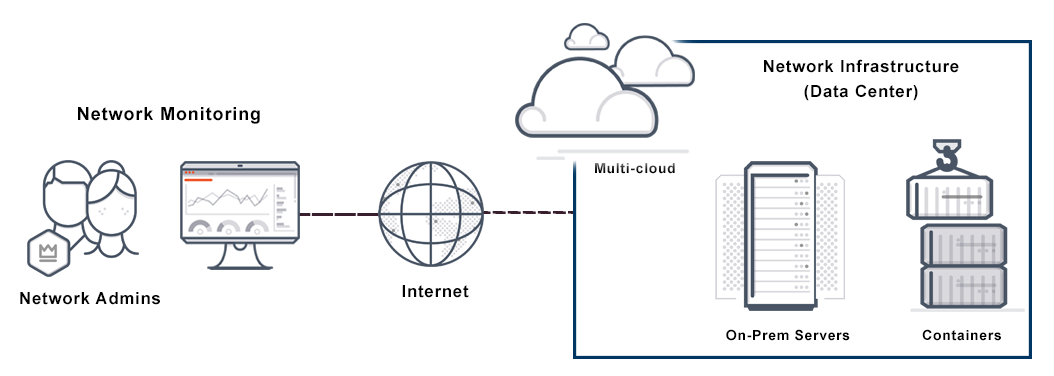
Effectively managing and monitoring ad network performance is crucial for optimizing your advertising campaigns and ensuring you achieve the best possible results. By tracking key metrics, analyzing data, and making informed adjustments, you can enhance the effectiveness of your ads, improve ROI, and make data-driven decisions. This guide explores essential strategies for managing and monitoring ad network performance.
1. Set Clear Objectives and KPIs
1.1 Define Campaign Goals
Before you can effectively monitor ad network performance, establish clear objectives for your advertising campaigns. Your goals will guide your performance measurement and optimization efforts.
- Campaign Objectives: Determine whether your goals are to increase brand awareness, drive website traffic, generate leads, or boost sales.
- Key Performance Indicators (KPIs): Identify relevant KPIs that align with your objectives, such as click-through rates (CTR), conversion rates, and return on ad spend (ROAS).
1.2 Establish Benchmarks
Set benchmarks based on historical data or industry standards to gauge the performance of your campaigns.
- Historical Performance: Use past campaign data as a reference point for evaluating current performance.
- Industry Standards: Compare your performance metrics with industry benchmarks to assess competitiveness and effectiveness.
2. Utilize Comprehensive Analytics Tools
2.1 Implement Ad Management Platforms
Ad management platforms offer integrated tools for tracking and analyzing ad performance across multiple networks.
- Centralized Dashboard: Use platforms that provide a unified view of your campaigns across various networks.
- Real-Time Data: Access real-time data and analytics to monitor performance and make timely adjustments.
2.2 Track Performance Metrics
Monitor key performance metrics to evaluate the success of your campaigns and identify areas for improvement.
- Click-Through Rate (CTR): Measure the percentage of users who click on your ad after seeing it.
- Conversion Rate: Track the percentage of users who complete a desired action after interacting with your ad.
- Cost Per Acquisition (CPA): Calculate the cost associated with acquiring a new customer through your ad campaigns.
3. Analyze and Interpret Data
3.1 Evaluate Performance Trends
Regularly analyze performance trends to understand how your campaigns are performing over time.
- Trend Analysis: Identify patterns and fluctuations in key metrics to gauge overall campaign effectiveness.
- Seasonal Variations: Account for seasonal trends or events that may impact performance.
3.2 Segment and Compare Data
Segment your data to gain deeper insights into different audience groups and ad placements.
- Audience Segmentation: Analyze performance by audience segments, such as demographics, interests, or behaviors.
- Network Comparison: Compare performance across different ad networks to identify which platforms deliver the best results.
4. Optimize Campaigns Based on Insights
4.1 Adjust Targeting and Bidding Strategies
Use data insights to refine your targeting and bidding strategies for improved performance.
- Targeting Adjustments: Modify your audience targeting based on performance data to reach more relevant users.
- Bid Optimization: Adjust your bids to enhance ad placements and ensure competitive positioning.
4.2 Refine Ad Creatives and Messaging
Based on performance data, make adjustments to your ad creatives and messaging to better resonate with your audience.
- Creative Variations: Test different ad creatives, headlines, and calls to action to find the most effective combinations.
- Message Personalization: Tailor your messaging to address specific audience needs and preferences.

How to Manage and Monitor Ad Network Performance,
5. Implement A/B Testing
5.1 Conduct A/B Tests
Use A/B testing to compare different ad variations and determine which performs better.
- Test Variables: Experiment with different elements, such as visuals, copy, and formats.
- Analyze Results: Evaluate the results to identify high-performing ad variations and apply successful elements to other campaigns.
5.2 Iterate and Improve
Apply insights from A/B testing to continuously improve your ad campaigns.
- Optimization Cycle: Implement a cycle of testing, analyzing, and refining to enhance campaign performance over time.
- Data-Driven Decisions: Use A/B testing results to make informed decisions about future ad strategies and optimizations.
6. Monitor Ad Network Policies and Changes
6.1 Stay Informed About Policy Updates
Keep up-to-date with changes in ad network policies and guidelines to ensure compliance and avoid disruptions.
- Policy Reviews: Regularly review policy updates from ad networks to understand how they may impact your campaigns.
- Compliance Checks: Ensure that your ads adhere to network guidelines to prevent issues or penalties.
6.2 Adapt to Platform Changes
Be prepared to adapt your strategies based on changes in ad network features, algorithms, or user behavior.
- Feature Updates: Take advantage of new features or tools offered by ad networks to enhance your campaigns.
- Algorithm Adjustments: Adjust your strategies in response to changes in ad network algorithms or targeting capabilities.
7. Report and Communicate Results
7.1 Create Performance Reports
Generate detailed reports to communicate campaign performance to stakeholders and team members.
- Reporting Tools: Use reporting tools provided by ad management platforms or create custom reports based on key metrics.
- Insightful Analysis: Highlight key findings, successes, and areas for improvement in your reports.
7.2 Share Actionable Insights
Provide actionable insights and recommendations based on performance data to guide future campaign strategies.
- Data Interpretation: Interpret data in a way that provides clear recommendations for optimization and improvement.
- Strategic Planning: Use insights to inform strategic decisions and enhance overall advertising efforts.
Conclusion
Effectively managing and monitoring ad network performance is essential for optimizing your advertising campaigns and achieving better results. By setting clear objectives, utilizing comprehensive analytics tools, analyzing data, and making informed adjustments, you can enhance the effectiveness of your campaigns and drive better ROI. Embrace these strategies to stay ahead of the competition and ensure the success of your digital advertising efforts.
